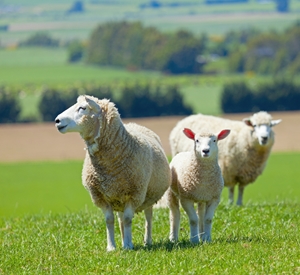
The experts at Shed Boss know that creating custom designed sheds means accounting for a number of variables, and nowhere is this more true than when it comes to barns used to house livestock.
Determining use
Before a single shovel meets dirt or a nail is hammered, you must determine how your barn will be used.
This means accounting for what type of livestock you will be housing, the size of the herd, number of pens required, how long and wide feed barriers need to be and where access points should be located.
The ways in which your space will be used determine how it will be designed, after all.
Ensuring welfare
Another key factor to keep in mind is how your custom designed shed will contribute to the welfare of your livestock.
Different types of animals feature specific welfare standards which impact how a building must be constructed. Whether you're working with sheep, cattle or horses, the Australian Animal Welfare Strategy (AAWS) and Animal Health Australia (AHA) are on hand to ensure your barn meets national welfare standards and industry guidelines.
Considering site
Location is an essential part of shed building regardless of what it's being used for, but it can be even more vital in the case of housing livestock.
You must consider how your building site will be impacted by local weather, winds, exposure and surrounding buildings.
Additionally, you must account for biosecurity and disease risks when constructing multiple barns near each other housing different types of livestock.
The building experts at Shed Boss are on hand to assist you with everything from designing a barn to suit your specific needs to ensuring your custom designed building fits your site.
Regardless of how your custom designed shed will be used, we're dedicated to building strong and building right.
